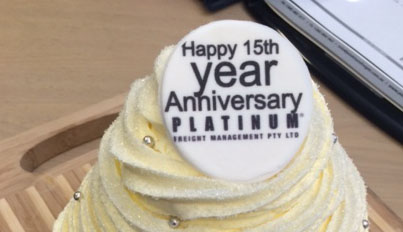
March 22, 2016 | News & Offers
The China Australia Free Trade Agreement that came into force on December 20 last year represented a massive advantage to Australia, according to DFAT, “by securing markets and providing Australians with even better access to China across a range of our key business interests …”

January 19, 2016 | News & Offers
What happens when your import arrives, is assessed by Customs and found to be inconsistent with its paperwork, or inconsistent with Australian trade requirements?
To better understand the Customs process and where delays (and costs) stack up, we’ve put together this infographic to explain things simply, using a footwear shipment as the example. But the same principles can be applied to imports across all consumer channels.

January 10, 2016 | Latest News, News & Offers
Over Christmas we saw a huge surge in hover-boards flooding the market. They were flying through the mail centres, shipping yards are air freight terminals across Australia. But the result was dangerous.
Suppliers and importers have acted fraudulently to import these goods, declaring low value to avoid tax. Plus, knowing this would mean the goods suffered less scrutiny than more expensive imports, some – in fact, many – haven’t acquired an import permit from www.infrastructure.gov.au.
Fast-forward to the Victorian house fire. When importers act fraudulently and don’t gain the relevant certificates checking safety, people can get hurt. It also leads to a higher overall cost to taxpayers. In the end, we’re all the losers.

November 30, 2015 | Latest News, News & Offers
Leading independent Australian Customs clearance agency Platinum® Freight Management today celebrates 22 years of operation. The company has undergone impressive geographical and financial growth in this time, and this month was named one of the top brokers in the country.

November 25, 2015 | Latest News, News & Offers
Platinum® Freight Management boss Peter McRae was last week named one of the top Customs Brokers for 2015 at the Australian Shipping & Maritime Industry Awards when he was shortlisted for this important industry accolade.

November 12, 2015 | Latest News, News & Offers
Importing is tricky to manage well, and at this time of year the system is fraught with additional setbacks that can end in cost and time blow-outs for the unsuspecting importer. We have put together three major considerations for importers at this time of year, as well as suggestions on how to avoid paying more, or having stock caught up in unhelpful delays.






